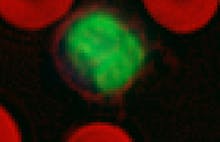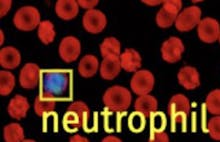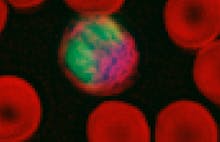Reticulocyte
Definition, Count, Index & Normal ranges
Reticulocyte definition
Reticulocytes are immature red blood cells that detect if your bone marrow is forming enough red blood cells.
What is a reticulocyte absolute count?
The reticulocyte absolute count that can be obtained by your doctor through a CBC with reticulocyte count is simply a reflection of the bone marrows activity in that instance.
What does a reticulocyte count tell?
A CBC (complete blood count) with reticulocyte count is a commonly prescribed blood test that can help doctors diagnose different types of anemias, see how your bone marrow is functioning and help monitor health progress after a patient undergoes severe treatments like radiation therapy, chemotherapy or a bone marrow transplant.
When to check your reticulocyte count?
A doctor will check your reticulocyte count in the following instances:
- To evaluate how your bone marrow produces red blood cells
- To detect anemia and distinguish which kind you have
- After a treatment for anemia, vitamin deficiencies or renal failures
- When a Full Blood Count (FBC) shows that you have a low red blood cell count
How to perform a reticulocyte count?
For a patient, this will just be seen as a normal blood test. For the lab or clinicians, a reticulocyte count is a common test that is done on hematology analyzers and consists of counting the number of reticulocytes on the peripheral blood.
Understand your reticulocyte Count results
Your blood test results will show the reticulocyte index.
The normal, healthy range in adults is from 0.5% to 1.5%. Nevertheless, your doctor will help interpret this and recommend next steps.
If the results show the reticulocyte abnormal, this will be because of a:
- High reticulocyte count (also referred to as reticulocytosis). This is when there is an increase in production of red blood cells to compensate for the loss of mature red blood cells. This could indicate: hemolytic anemia, acute bleeding, chronic blood loss or a kidney disease.
- Low reticulocyte count (also referred to as Reticulocytopenia), the opposite occurs. This can indicate that the patient has iron or aplastic anemia, a deficiency of B-12 vitamin or folic acid, bone marrow failure, cirrhosis or side effects from radiation therapy.
Discover the next generation of CBC Machines - Sight OLO
Disclaimer: The content of this knowledge post intends to provide general information related to topics that are relevant to blood diagnostics and may not be used in relation to the operation of Sight OLO. For detailed information on the diagnostic parameters and specifications of Sight OLO, please refer to the official Operator's Manual.


